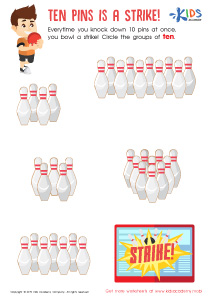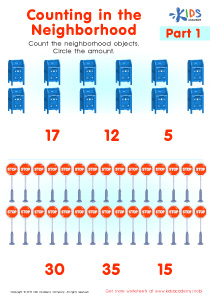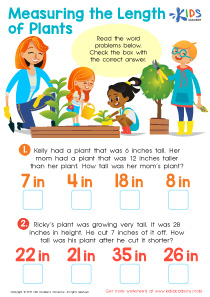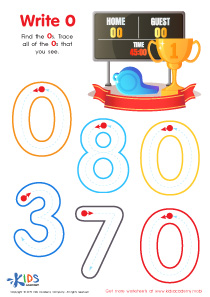Number Recognition Easy Numbers 11–20 Worksheets for 5-Year-Olds
6 filtered results
-
From - To
Empower your 5-year-old child's math skills with our "Number Recognition Easy Numbers 11–20 Worksheets." Specially crafted for young learners, these worksheets provide engaging exercises to help children confidently identify and understand numbers 11 through 20. Fun illustrations and guided activities will foster a love for learning while reinforcing essential math foundations. Whether at home or in the classroom, these age-appropriate resources make mastering number recognition a delightful experience. Download today to support your child's educational journey and watch their number recognition skills soar! Visit Kids Academy for more premium educational content designed to inspire young minds.


Counting Fun Worksheet
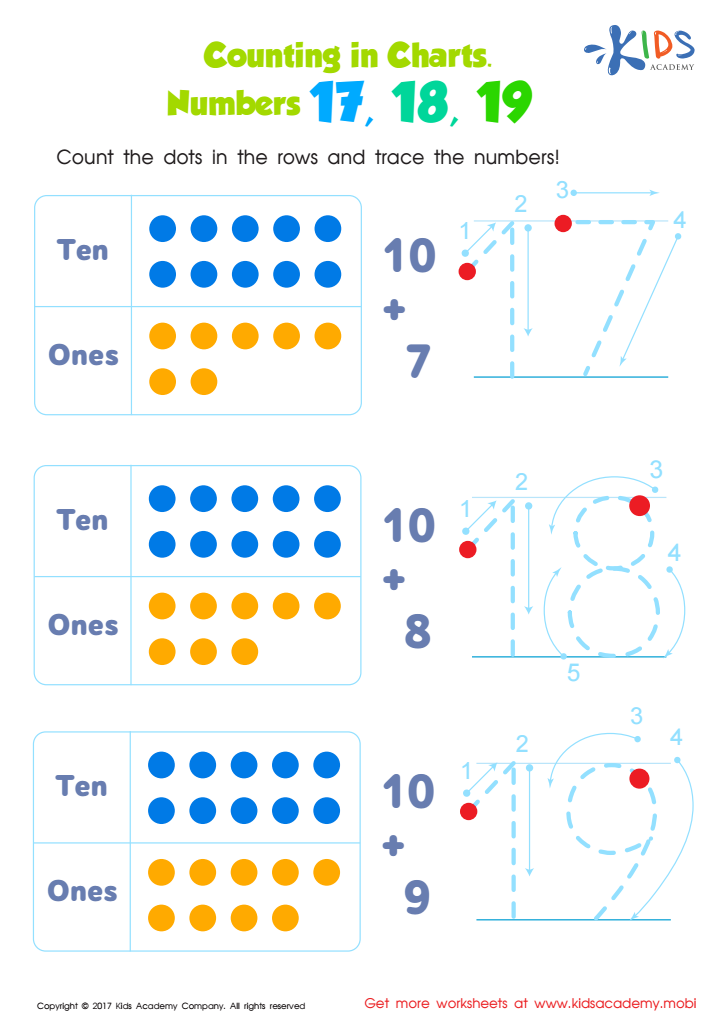

Kindergarten Number Tracing: Counting in Charts Worksheet
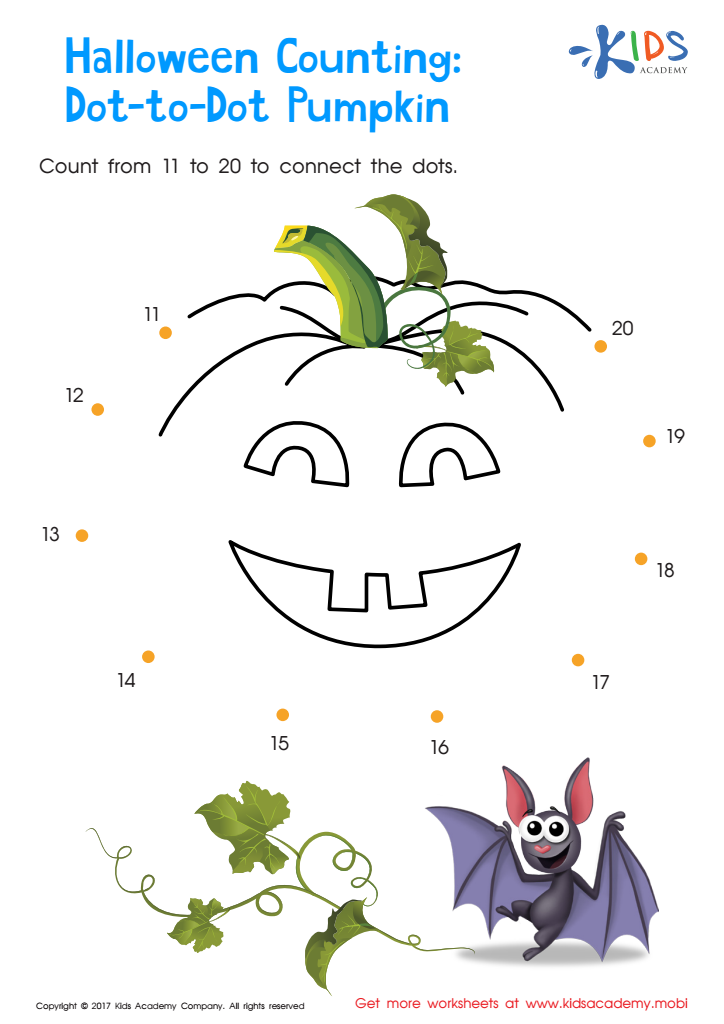

Ordering 11–20: Halloween Counting Worksheet


Counting with Base Ten Blocks Worksheet
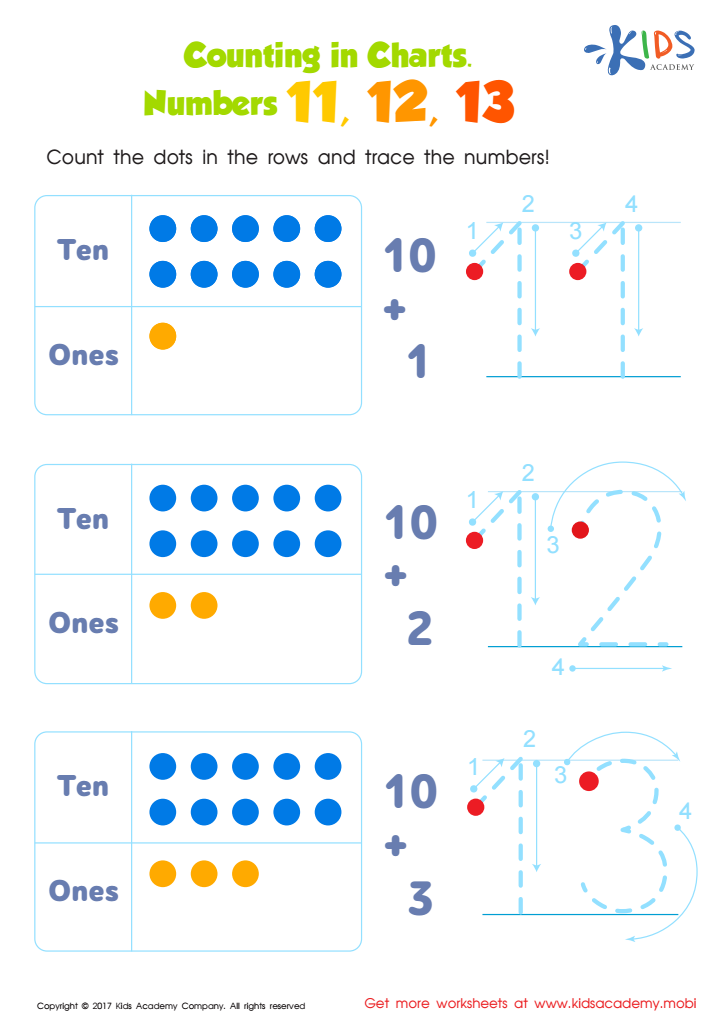

Number Tracing Worksheet For Kindergarten
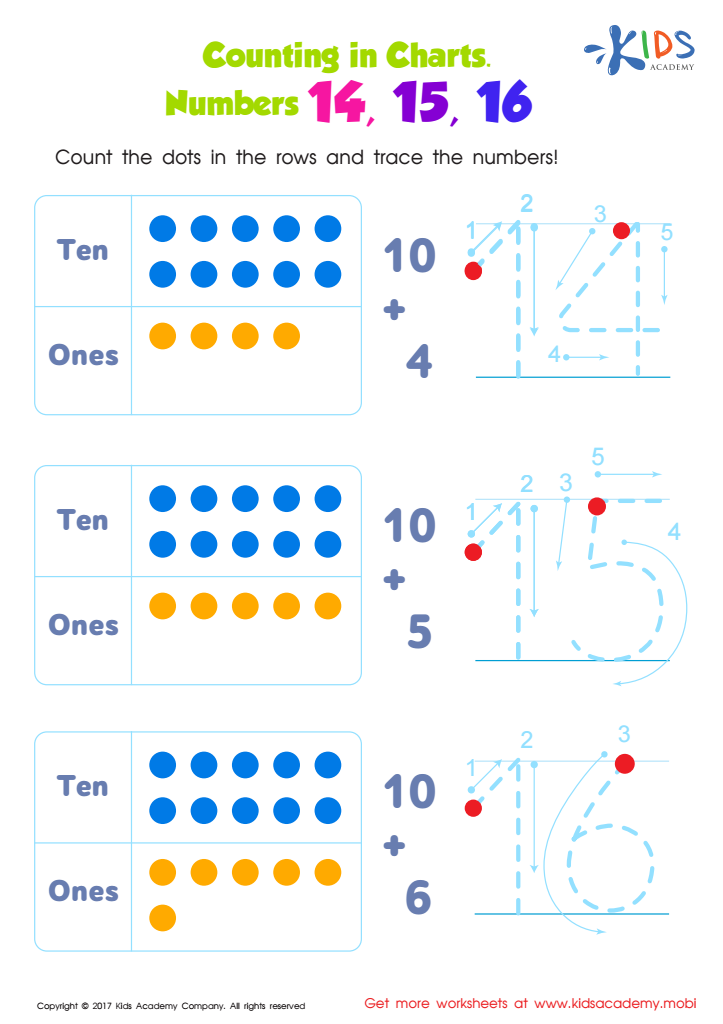

Number Tracing Worksheet
Number recognition is a fundamental early math skill that serves as the foundation for more advanced mathematical learning. When children around the age of five can identify numbers 11–20, it signifies not only a grasp of basic counting but also an inherent understanding of the base-ten system, which is critical as they progress in their education.
Parents and teachers should care about this because early number recognition boosts a child's confidence in math, setting a precedent for a positive attitude toward the subject. Recognizing numbers beyond 10 introduces children to two-digit numbers, fostering cognitive development in areas such as memory, attention to detail, and the ability to follow sequences. This skill is crucial when they begin performing higher-level arithmetic operations, such as addition and subtraction.
Moreover, strong number literacy at an early age is often a predictor of future academic success. It equips children with tools essential for everyday activities, such as telling time, identifying dates, and managing money. Engaging with concepts of quantity and order through number recognition activities also enhances problem-solving skills, critical thinking, and spatial awareness.
In summary, recognizing numbers 11–20 helps 5-year-olds build a solid numerical foundation that supports their overall mathematical development, ensuring they are prepared for the more complex concepts they will encounter in their educational journey.
 Assign to My Students
Assign to My Students






